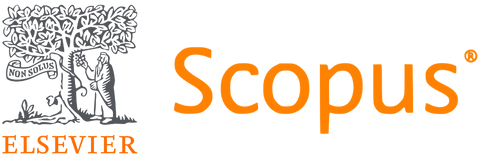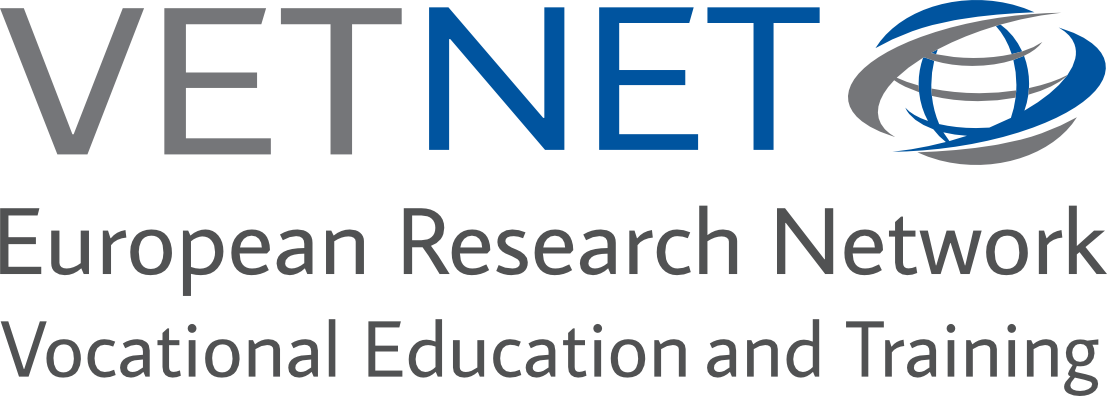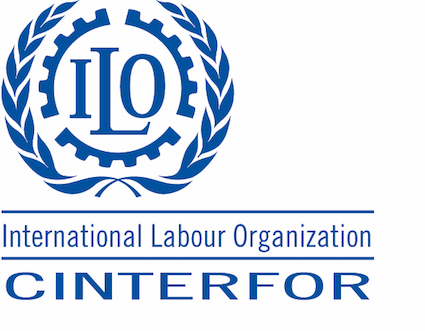Upper secondary education for youth at risk: A comparative analysis of education and training programmes in Austria, Norway, Sweden and Switzerland
DOI:
https://doi.org/10.13152/IJRVET.7.1.2Keywords:
VET, dropout, youth at risk, social inclusion, comparative analysis, vocational education and trainingAbstract
Context: Vocational education and training (VET) plays a key role in reducing early leaving from education and training, and integrating youth at risk in upper secondary education. To ensure that more young people complete upper secondary education, the OECD suggests designing interventions that address the specific needs of youth at risk like changes in the standard duration, preparatory or personalised support measures. Based on a comparative analysis of such programmes tailored to the needs of youth at risk in Austria, Norway, Sweden and Switzerland, the objective of this article is to identify different education and training models that these countries employ to include youth at risk in upper secondary education.
Approach: The study is based on document analysis; the documents studied are public documents like law texts and white papers from the education authorities as well as research publications. The interventions proposed by the OECD to adapt training programmes to the specific needs of youth at risk were chosen as a basis for the comparative analysis. Further structural characteristics of the programmes complemented the analysis.
Findings: The study found four different types of education and training models for youth at risk in Austria, Norway, Sweden and Switzerland: Shortened (Norway, Switzerland), prolonged (Austria), individualised (Austria, Norway and Sweden) and preparatory programmes (Sweden). Preparatory and prolonged programmes aim to help young people to achieve ordinary upper secondary qualifications through preparatory measures, more time or more support. Individualised or shortened programmes aim to adapt education and training programmes to young people's needs by reducing the programmes’ demands. In all four countries, youths have the opportunity to conclude their education with a certificate at a level lower than 'regular' upper secondary education.
Conclusion: The four countries surveyed differ widely in terms of educational traditions and the position of VET at upper secondary level. Regarding the integration of disadvantaged youth into education and work, the differences concerning access to upper secondary education, the importance of VET at upper secondary level and the recognition of training programmes for youth at risk may be of particular relevance. Further research is needed to empirically investigate the effectiveness of the identified education and training models as a means of integrating youth at risk into upper secondary education.
Downloads
Online First / Final Publication Date
How to Cite
Issue
Section
URN
License
Copyright (c) 2020 Evi Schmid

This work is licensed under a Creative Commons Attribution-NonCommercial-NoDerivatives 4.0 International License.





